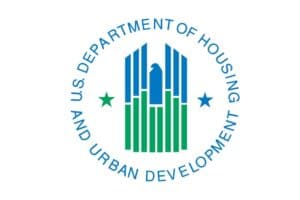The terms “Sustainable Development” and “Sustainable Building” are often overused and ill-defined. A refocus on the core meaning basically results in two requirements with regard to buildings: 1) stay within nature’s limits, and 2) design according to human needs. In this context, the socio-technical system “dwellers and building” not only has to be “green” but “green enough”. There is strong evidence about what green enough means: altogether 80 kWh/m2a primary energy for heat (space heat, DHW) and embodied energy. Yet even in new buildings, almost nobody meets his dwelling needs with this small amount of energy. But the most prodigal energy needs prevail in existing buildings.
SOLANOVA applies the know-how from new “green enough” buildings to a real retrofit of a typical building with 42 flats in Hungary. Similar developments contain about 34 million flats in Eastern Europe alone. SOLANOVA is meant to serve as a best practice example for all of Europe, and therefore, gets support from the European Commission. The project demonstrates how to stay within environmental limits while meeting the dwellers’ needs even in a retrofit situation. Initial interviews with all the dwellers in SOLANOVA revealed the topics that really matter to inhabitants as well as crucial behavioural patterns. These insights were fed into the design in order to exploit the full potential for increased well-being and energy savings of more than 80%. The retrofit was finished in October 2005.
